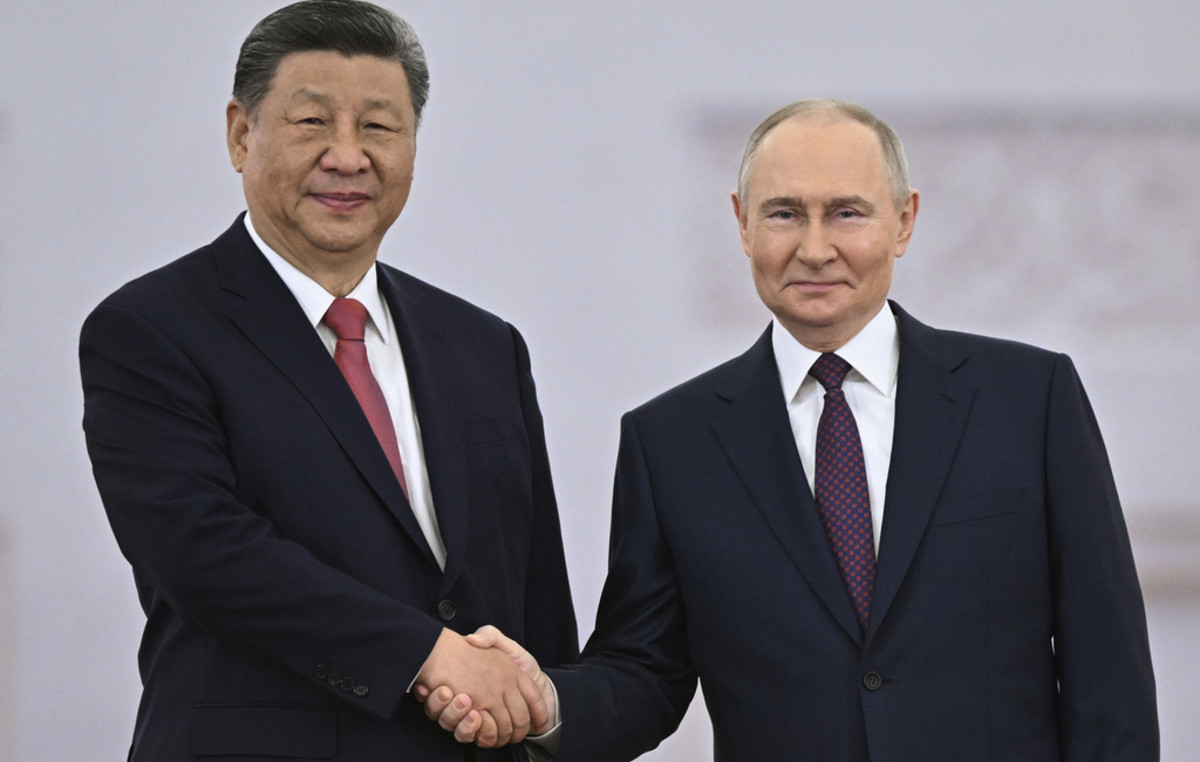Quota 100 will be abandoned on 31 December 2021. The government in recent days announced a reform of the Italian pension system which is contained in the budget bill for next year. There will be no feared (for some) return to the Fornero law – and therefore to the five-year staircase – but it will move to Quota 102. As you can guess from the number, unlike Quota 100, it allows you to retire two years later . However, earlier than Fornero (for which 67 years are needed). The bill must pass by the parliament vote (it will have to be approved by the end of the year), but there should be no problems.
“As far as pensions are concerned, the government’s commitment is to return in full to contributory”, the words of Prime Minister Mario Draghi at the press conference. “Quota 100 ends at the end of this year, the budget law provides for a transition to quota 102, with 38 years of contributions and 64 years of release. We have strengthened the Woman Option and the Social Ape, expanding the range of subjects who can use it “.
The critical issues of Quota 100
Quota 100 – approved in the first Conto government – had been harshly criticized because it allowed people to retire at an age considered by many to be too low for the standards of Western countries, with heavy consequences on the state coffers that future generations will have to take care of. According to INPS, until the end of August 2021, 341,000 people had requested access to “Quota 100”, and more than 60% were workers between 62 and 63 years of age. In all, the expenditure incurred and to be incurred for the state is over 18.8 billion euros until 2030.
How Quota 102 works
Quota 102 allows you to retire at 64 years of age with at least 38 contributions paid (the variation compared to Quota 100 is based on the age). There is talk of an audience of about 50 thousand people who could be interested in the slide, the last one before a return to Fornero from 2023, except for a new overall pension reform (as requested by the unions). With Quota 102 there are no penalties, except those due to the early exit. The loss in the check, therefore, strongly depends on the advance. It is estimated that those with a gross income of 30 thousand euros can lose between 50 and 150 euros.
Strenuous activities that allow early exit
Draghi confirmed the expansion of heavy work that allow the pension advance to 63 years of age with the Inps Ape social bridge check. The new heavy duty list goes from 65 to 203 heavy tasks: from butchers to porters, from janitors to carpenters to taxi drivers, primary school teachers and cashiers. Thanks to this revision, many more workers exposed to work stress could leave work at the age of 63, instead of the normal 67 required by the old-age pension, thanks to the Inps bridging allowance which actually anticipates retirement.
It will be possible to access retirement with the calculation of the fully contributory allowance no longer with 58 years of age and 35 of contributions over a year of floating window if dependent (59 years and 18 months of window if independent) but with 60 years if dependent and 61 if self-employed. In addition to this, the windows remain, so you will leave with 61 if you are an employee and 62 and a half if you are self-employed.
READ ALSO:
Heavy work, that’s who gets on the list
Inps, here’s how the ransom of the degree is calculated
.
Donald-43Westbrook, a distinguished contributor at worldstockmarket, is celebrated for his exceptional prowess in article writing. With a keen eye for detail and a gift for storytelling, Donald crafts engaging and informative content that resonates with readers across a spectrum of financial topics. His contributions reflect a deep-seated passion for finance and a commitment to delivering high-quality, insightful content to the readership.







